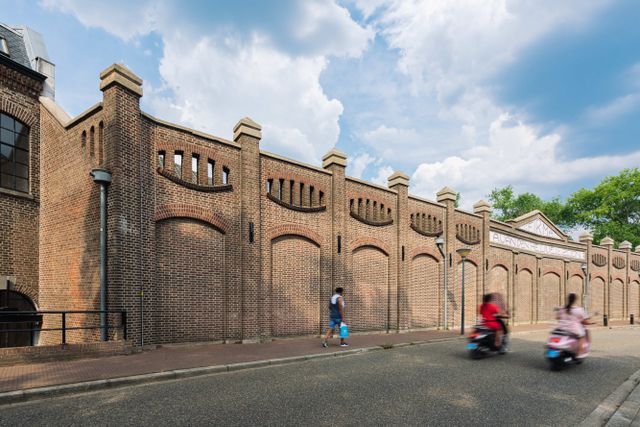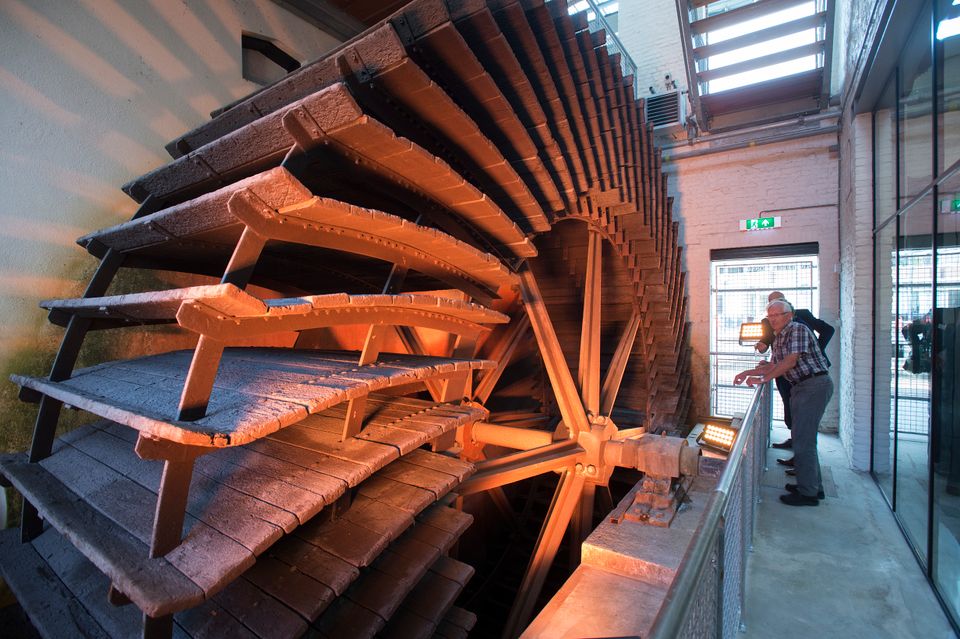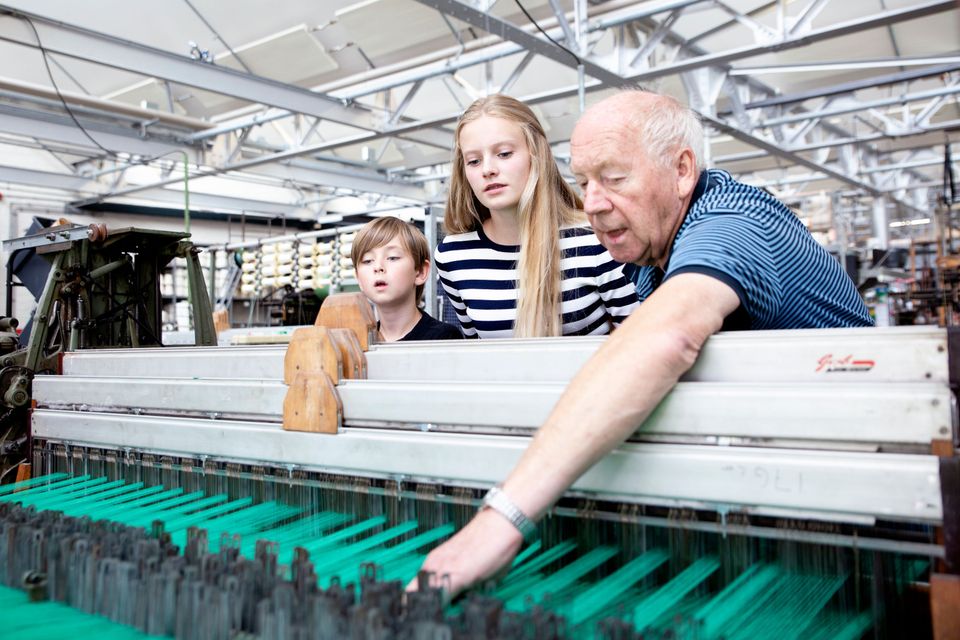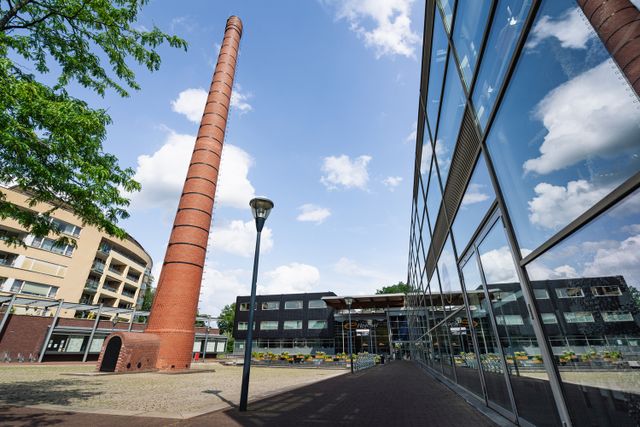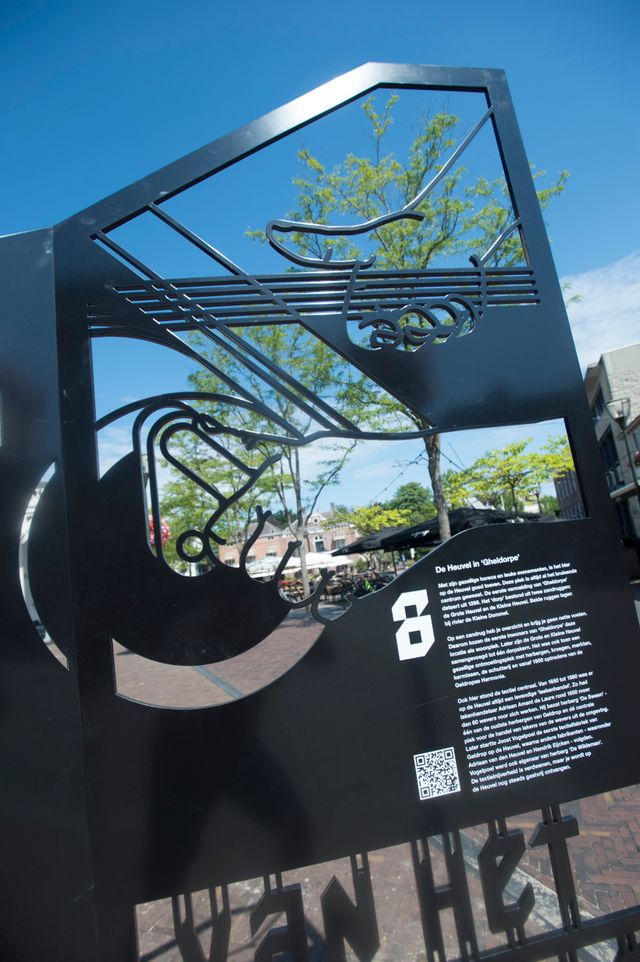Weaving Museum Geldrop
When you delve into the history of Geldrop-Mierlo, you will discover that the local textile industry was of great significance to the locals. But it was valuable to the nations of the Netherlands and Belgium as well. Relive that history by visiting the “Weverijmuseum”. A visit to the Weaving Museum is very rewarding. Not only will you learn more about the weaving process but also about the DNA of the local residents. This history is our collective DNA.
The weaving process continues on the museum’s looms to this day. They produce lubricating pads of woven fabric for locomotives and railway carriages in the Netherlands, Belgium, Germany, France and England. Of course, in the Weaving Museum's shop, you can also purchase tea towels and hand towels by Mariëtte Wolbert to take home. Mariëtte Wolbert is often referred to as the queen of kitchen textiles.
The Weaving Museum is a former factory meant for the production of wool fabrics. The guides (tour is included with entry) are all local craftspeople. They will gladly tell you all about Geldrop-Mierlo’s rich textile industry.
Weaving Hall (The Factory)
In the weaving hall (the factory) there are various types of weaving machines that still run to this day; including machines that use shuttle coils, bobbins, grippers, water and compressors. The Jacquard machine is especially spectacular. It is based on an invention from 1800 and can be considered a precursor to automation. There is also a lot to see in our demonstration room: a working braiding machine, a label weaving machine and a circular knitting machine. The craftsmen, who have worked in the textile industry for years, tell their personal stories and show you how the different fabrics and patterns are made with a variety of colours and yarns.
Visit the weaving hall
Wool Fabrics
The wool fabric factory (NV Wollenstoffenfabriek v / h A. van den Heuvel & Zoon) in Geldrop is a former wool factory production factory. The national momument complex consists of the three well-preserved buildings.
The first building, situated at Heuvel 7, was built in 1844 and was the factory house. The factory part at Molenstraat 19 was built in 1863. The building was built over the Kleine Dommel. The Geldrop Watermill, which was used as a full-mill around 1800, has been located here ever since the Middle Ages.
Visit the building
